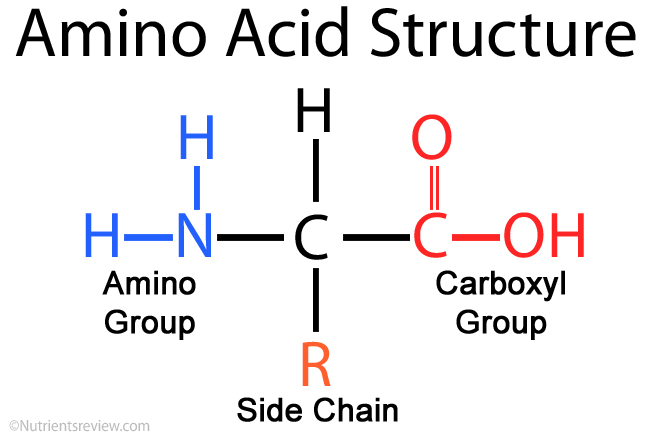Eesti maaülikool - Veterinary medicine
Applicants are required to have completed their secondary education, taken the necessary exams and be eligible for university studies in their own countries. Applicants are also required to be proficient in English at level B2.
Admission requirements
In total it is possible to collect 100 admission points, of which Scholastic Aptitude Test (SAT) in Biology (NB! Only M is accepted starting from intake 2017!) can give up to 80 points and your letter of motivation 20 points.
- The result of the SAT test in Biology (M), is multiplied by 0.1;
- Letter of motivation (maximum 20 admission points altogether). The letter of motivation may include information on:
- your previous studies;
- successfully performed final examinations on the upper secondary school or higher level ;
- other studies, degrees or qualifications in the field of natural or veterinary sciences;
- previous work experience;
* in veterinary related field e.g. work with animals;
* jobs requiring communication skills e.g. customer service;
- your view on your future in veterinary occupation and the role of the veterinary profession in society.
The maximum allowed lenght of the motivation letter is 2500 characters.
Applicants are admitted on the basis of the ranking list. The results are rounded to the first decimal place. In case of equal scores, applicants whose motivation letter collected more points are given preference.
Required documents
- Completed and signed application form. You will receive an applicant code, which gives access to your account to track your application status. In addition to sending the documents by mail, please upload the electronic copies of all the required documents to your application. This makes the pre-processing of your application quicker.
- Certified copy of higher secondary education certificate and its official translation into English*;
- Certified copy of transcript of records/marks (academic record) and its official translation into English**;
* Please note that in order to be considered official, all certificates must bear a seal, and a signature of an authorized official. Official documents must be provided from the institution awarding the secondary school certificate. Documents sent with an Apostille or certified by a notary are official as well.
** Please note that upper secondary school certificates submitted to the university must include description of grading scale.
- Copy of the identification pages of passport
- 1 passport size photo, signed on the back
- Result of SAT test in Biology (M)
- Motivation letter and description of previous education and if available, work experience
Candidates graduating from secondary school in spring 2017 should submit all the requested documents by deadline. The candidates are expected to send their latest transcript of records along with the application, or a certificate from school, certifying that under normal circumstances, the candidate will graduate in /month/, 2017. In such cases, we also demand information about the time of the expected graduation. If the candidate should be accepted to our university based on his/her SAT score and points for his/her motivation letter, then the acceptance is conditional, until we receive an official copy of secondary school leaving certificate.
The SAT score must be available for the university on 26th of June, 2017 at the latest. Therefore, we can not accept the SAT in Biology taken in June, 2017 (the scores will arrive too late).
Paper copies of all requested documents (including printed, dated and signed application form) should be sent to the following address:
Estonian University of Life Sciences
Department of Academic Affairs
Kreutzwaldi 1a
Tartu 51014
ESTONIA
The university has the right to send candidates’ educational documents to the Estonian ENIC/NARIC Centre for evaluation. The function of candidates’ previous qualification(s) (formal access to further study) will be evaluated, depending on what level of curriculum the candidate applies to. For more information, please visit the Estonian ENIC/NARIC Centres’ homepage.
The procedure may take up to 30 days starting from the day that candidates’ paper documents arrive to us. The evaluation decision is made available to the candidate in the online application system DreamApply. The decision will include a short explanation based on an analysis of the educational system of the country the diploma has been issued in. If not satisfied with the result of evaluation, the candidate has the right to appeal the decision. In order to appeal the decision, applicant shall send a written reasoned appeal along with additional documents to the e-mail address study@emu.ee. The appeal has to be submitted within 7 days starting from the date the decision was uploaded to DreamApply.
Deadline for 2017/2018
The deadline for submitting documents for students who wish to study veterinary medicine is:
May 1 for non-EU and
May 31 for the EU, Georgian, Turkish students.
The final decision about admittance is announced on June 28, 2017.
For students arriving from Finland
Diplomas and transcripts issued by a recognized educational institution in Finland can be certified by the same institution.
Tuition fees
The Estonian University of Life Sciences has made every effort to maintain tuition fees at the lowest level possible. However, tuition fees may have to be modified periodically.
In 2017/2018 the tuition fee for veterinary studies is 8000 EUR per year. This sum covers the cost of courses at the EMU and does not include room and board. The deadlines for payment of the fees for the autumn and spring term are September 15 and February 15 respectively. Students must meet all financial obligations each semester. Students with delinquent accounts may not be permitted to enroll in succeeding semester or to graduate.


